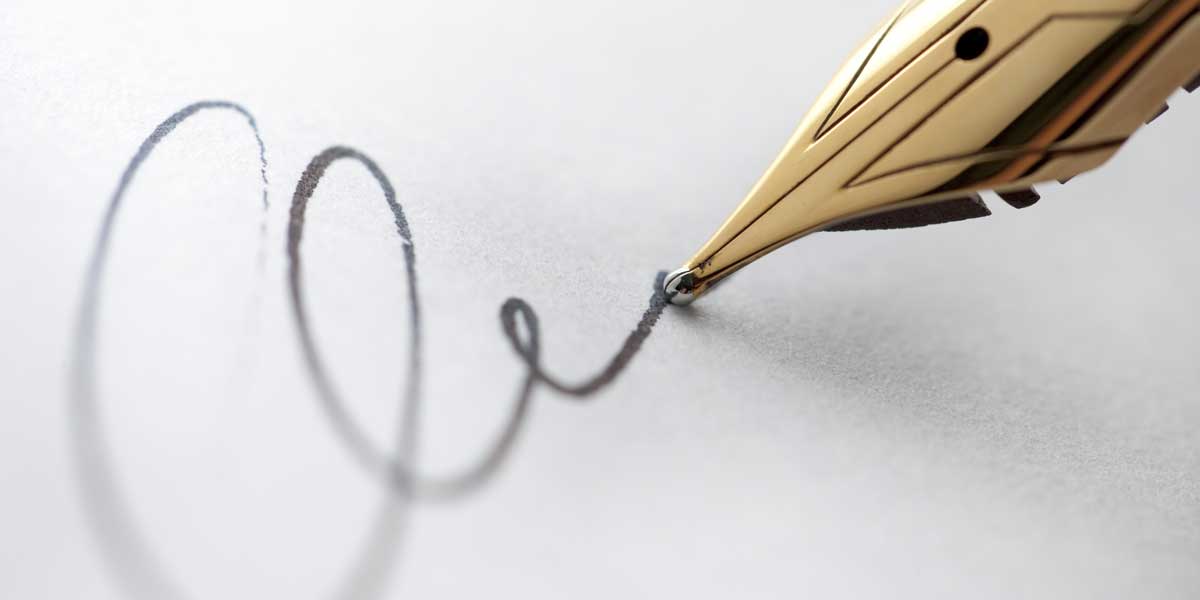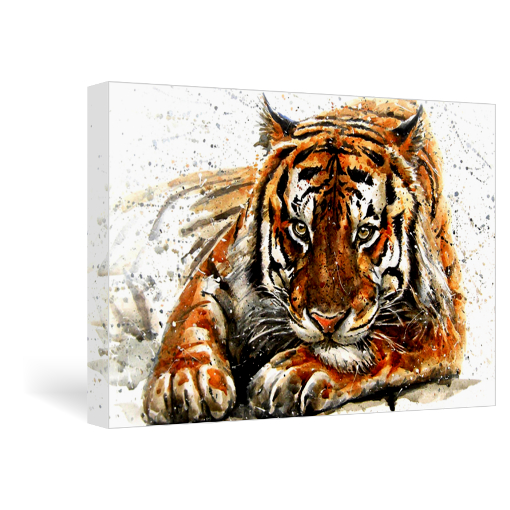The signature on prints is an aspect that is often overlooked, yet it holds great significance for both artists and photographers. While signing a print is crucial for limited edition pieces, many artists and photographers tend to settle for an embedded signature within the image file when it comes to open edition prints. Since our focus primarily lies on producing open-edition prints, let’s delve deeper into what this means.
So, what exactly is an embedded signature? It is the visible name or initials of the creative person behind the artwork, usually positioned in the lower left or right corner of the image. For artists, this signature seamlessly merges with the painted strokes, becoming an integral part of the masterpiece. On the other hand, photographers and digital artists often add a captivating graphic or text as a layer over the image in the lower corner.
Alternatively, one may choose the traditional approach of inscribing an actual signature or initials directly on the print, in the margins, or near the embedded signature. This method is typically executed with a pen, marker, or pencil. Of course, if you opt to have your prints shipped directly to your customers from us, this may not be a feasible option. However, if the prints are shipped to you first, it provides a simple opportunity to include your personal touch. There are no strict rules regarding the size, placement, or utensil to be used for the signature; its purpose is to signify your identity as the artist or photographer behind the print.
Now, let us explore the true essence of embedded signatures and shed light on two critical issues that all photographers and artists should consider: visibility and subtlety.
Ensuring Optimal Visibility
In this aspect, we address the crucial matter of ensuring that your signature is fully visible, or alternatively, choosing not to include it at all. Regrettably, on a daily basis, we come across prints where little consideration is given to the embedded signature. The artist or photographer uploads their image, selects a size, and proceeds with the print order. Sometimes, they have us ship it directly to their customers, while other times, they have us ship it to them. I wouldn’t go as far as to call it a personal pet peeve, but all too often, these embedded signatures are partially cropped. Usually, only a fragment of the signature remains visible, resulting from the print size not precisely matching the aspect ratio of the original work. In my opinion, this diminishes the print’s value, giving it the appearance of a cheap replica, devoid of genuine concern or effort to provide the recipient with a high-quality piece. If you are an artist or photographer, this oversight can ultimately reflect poorly on you when selling these prints. As the printer, we faithfully reproduce what we receive, and while many customers may not be concerned about this, it is crucial for you to consider it when setting up your print. If necessary, adjust the positioning of your image within our print setup system to ensure the full visibility of your signature. If you fear that repositioning the image to display the entire signature might cause other elements of the print to be lost, it might be worth considering omitting the signature altogether. In my opinion, a print without a partially cropped signature looks better than one with such a flaw. While instances of customers rejecting a print due to a partially cropped signature are extremely rare, I can confidently say that I have never heard of a customer being upset because the signature was not visible.
Achieving Signature-Image Consistency
Another crucial consideration, particularly for photographers and digital artists who incorporate text or graphics in the corners of their prints, is maintaining harmony between the signature and the rest of the image. Here, we venture into the realm of resolution. Occasionally, we encounter images where it is evident that the photographer or artist enlarged the piece in Photoshop before adding their signature. As a result,
the image may appear slightly soft or pixelated, while the signature remains crisp and sharp. While a slight softness can be acceptable for larger prints, as they are typically viewed from a distance, the stark contrast between the clarity of the signature and the rest of the image becomes more noticeable. Fortunately, the solution is quite simple. Prioritize adding your signature before making any adjustments to the image. Ensure that the signature seamlessly blends with the overall aesthetic of the artwork, becoming a subtle part of the composition rather than a distracting focal point that draws the viewer’s attention away.
While signatures on prints may not always be at the forefront of people’s minds, I firmly believe that these two aspects are crucial considerations for any artist or photographer selling their work in print form. By ensuring the visibility and subtlety of embedded signatures, we enhance the overall value and quality of the prints, leaving a lasting impression on customers and collectors alike. Let us not underestimate the impact of these small yet significant details, as they contribute to the integrity and authenticity of the artistic expression captured in every print.
Order Giclee Printing on Canvas
Printed using some of the highest archival standards in the industry, your photos or artwork will last for decades to come.


Hi there, this was helpful but I am also trying to learn how to add my logo to the products. Small, discrete but present, so, my question is:
What are the requirements and how can I add my store logo and addres on the back of each print?
Thank you.
do you offer gold or silver embedded signatures?
finally, going to get my art and photos and finish my gallery.
This was a great article – informative and helpful! Thank you!
One of the main reasons I have used Finerworks 10+ years. They help us become better artists. Thank you James!